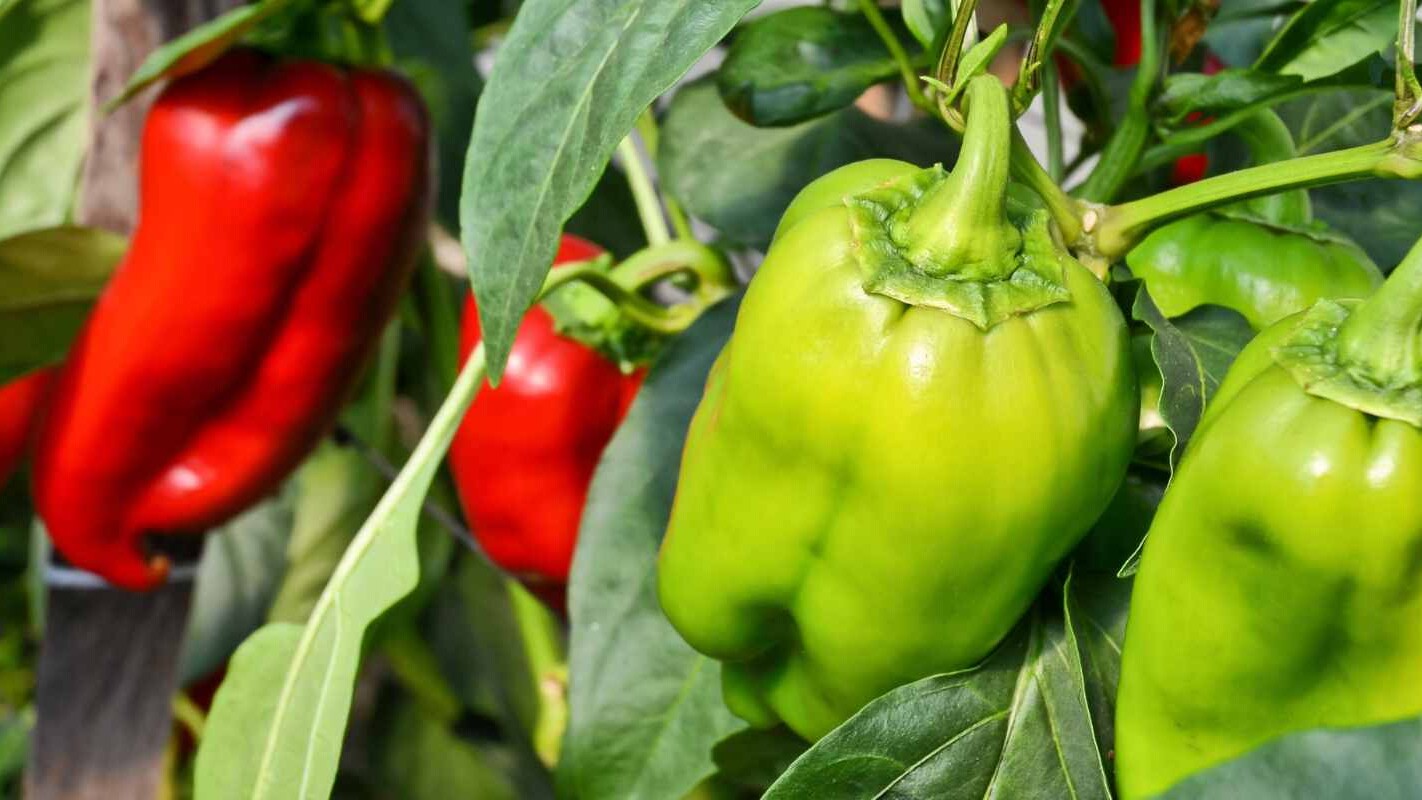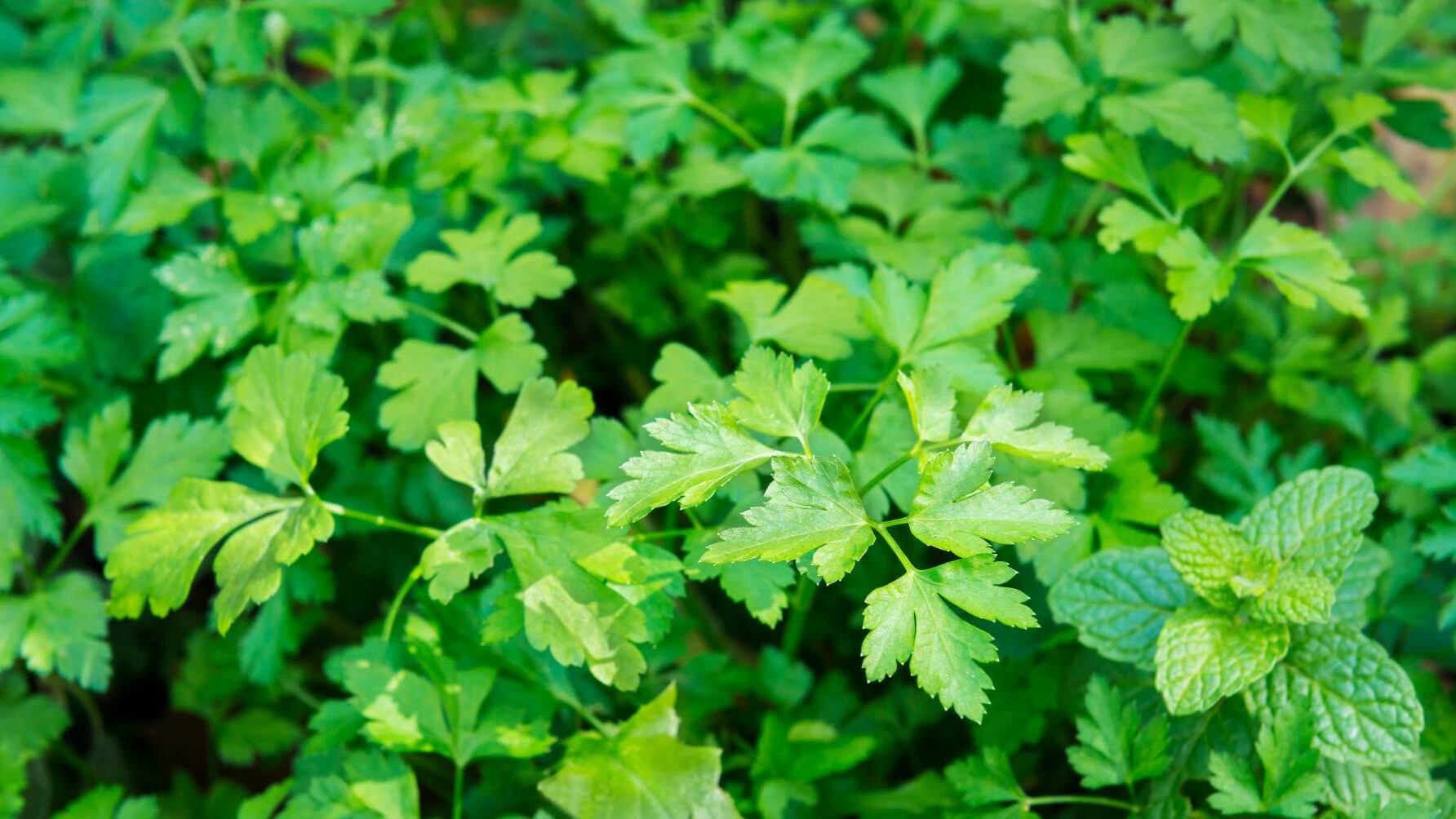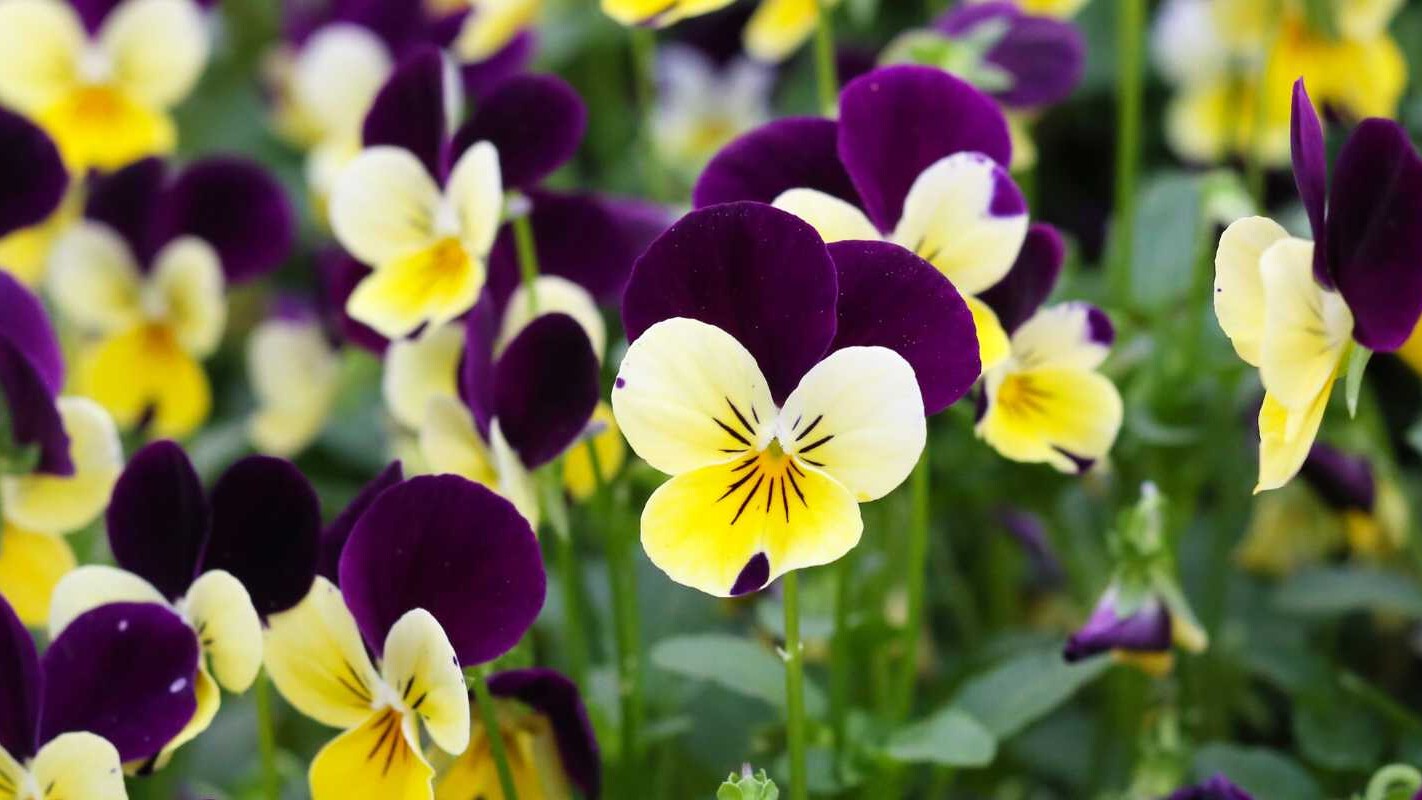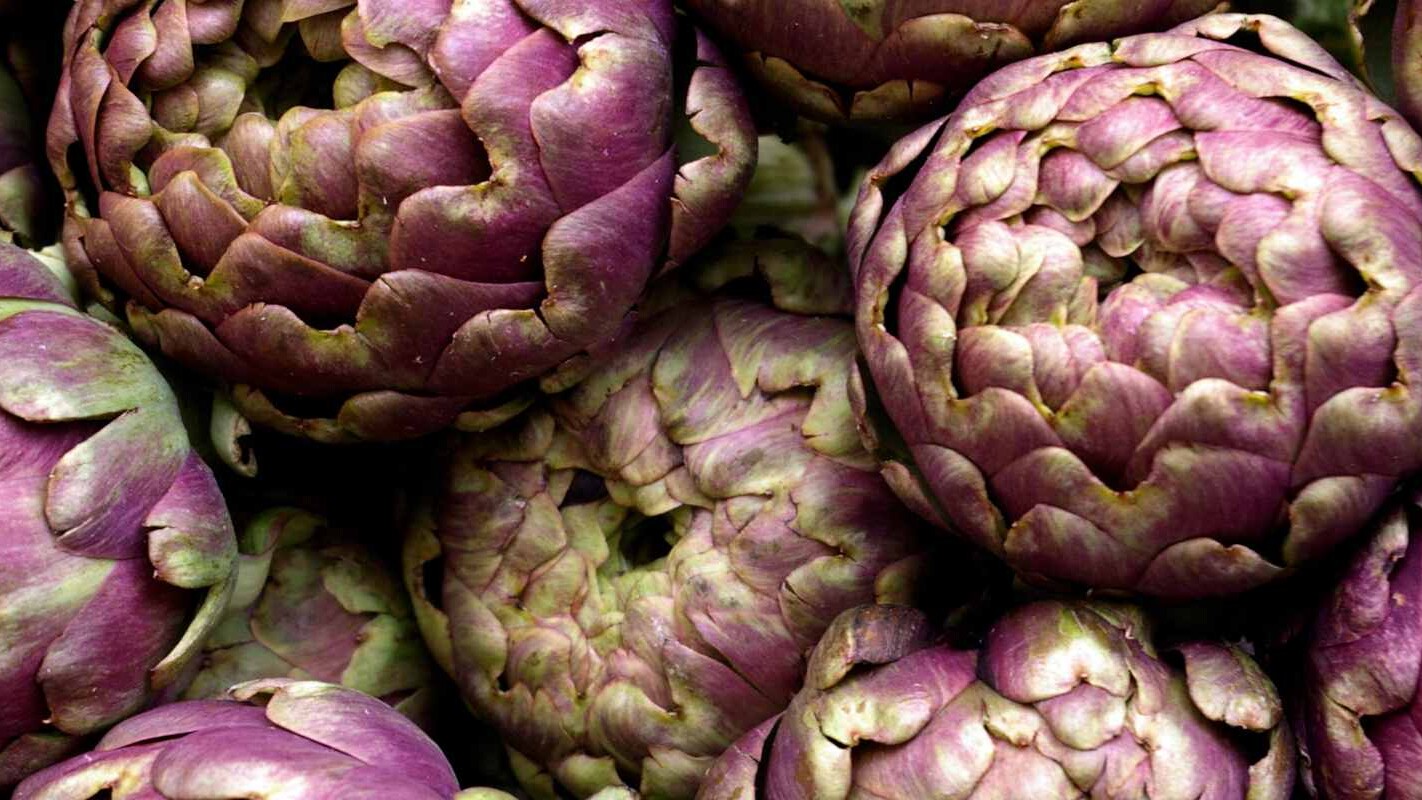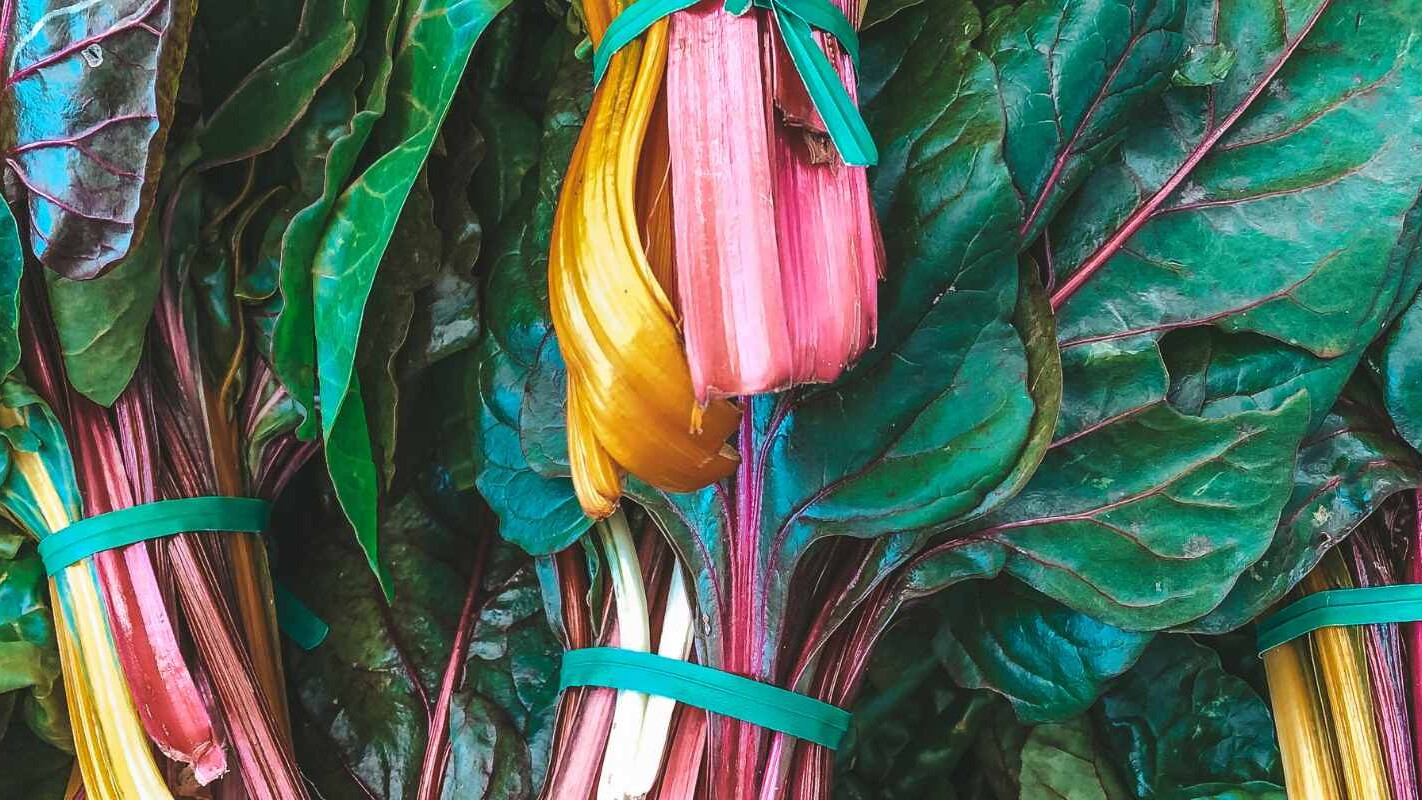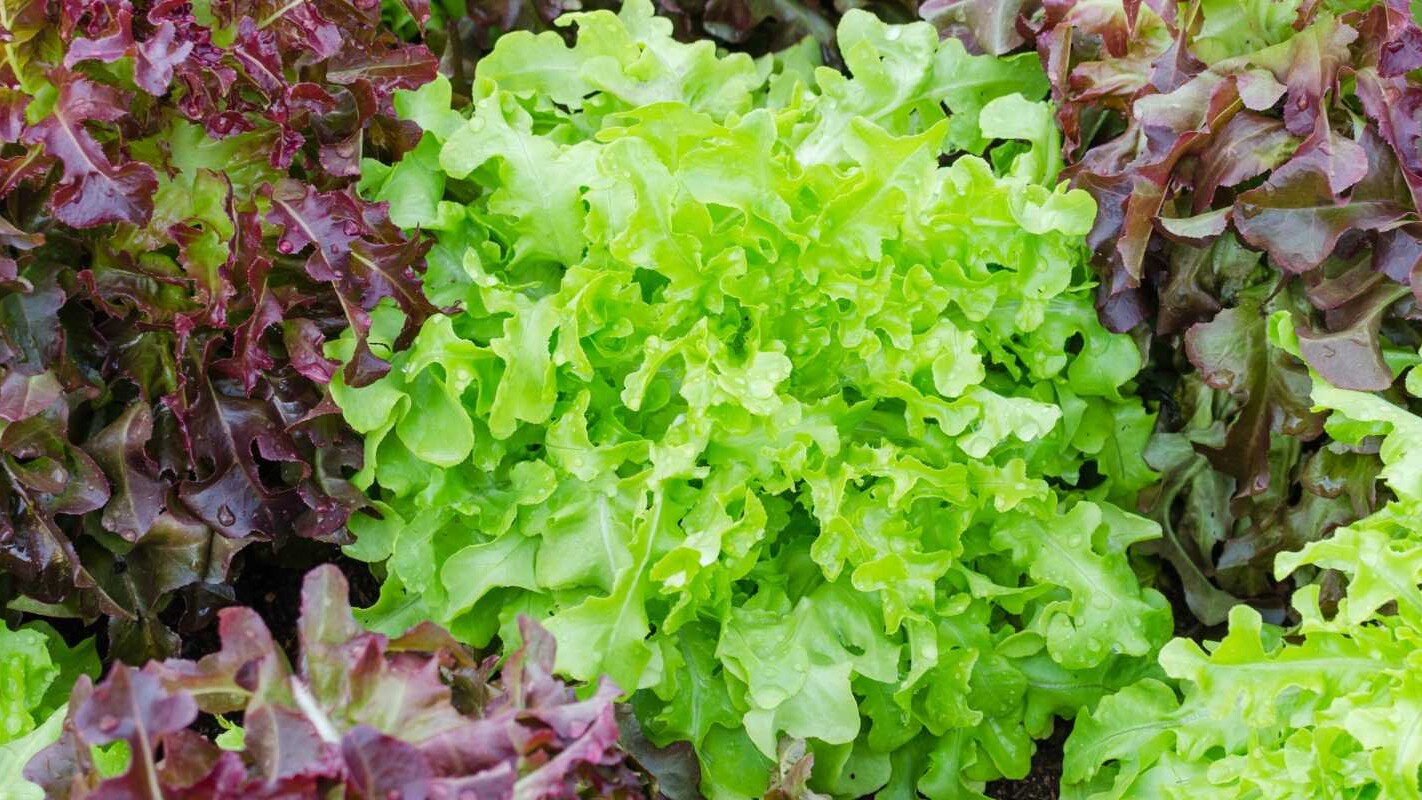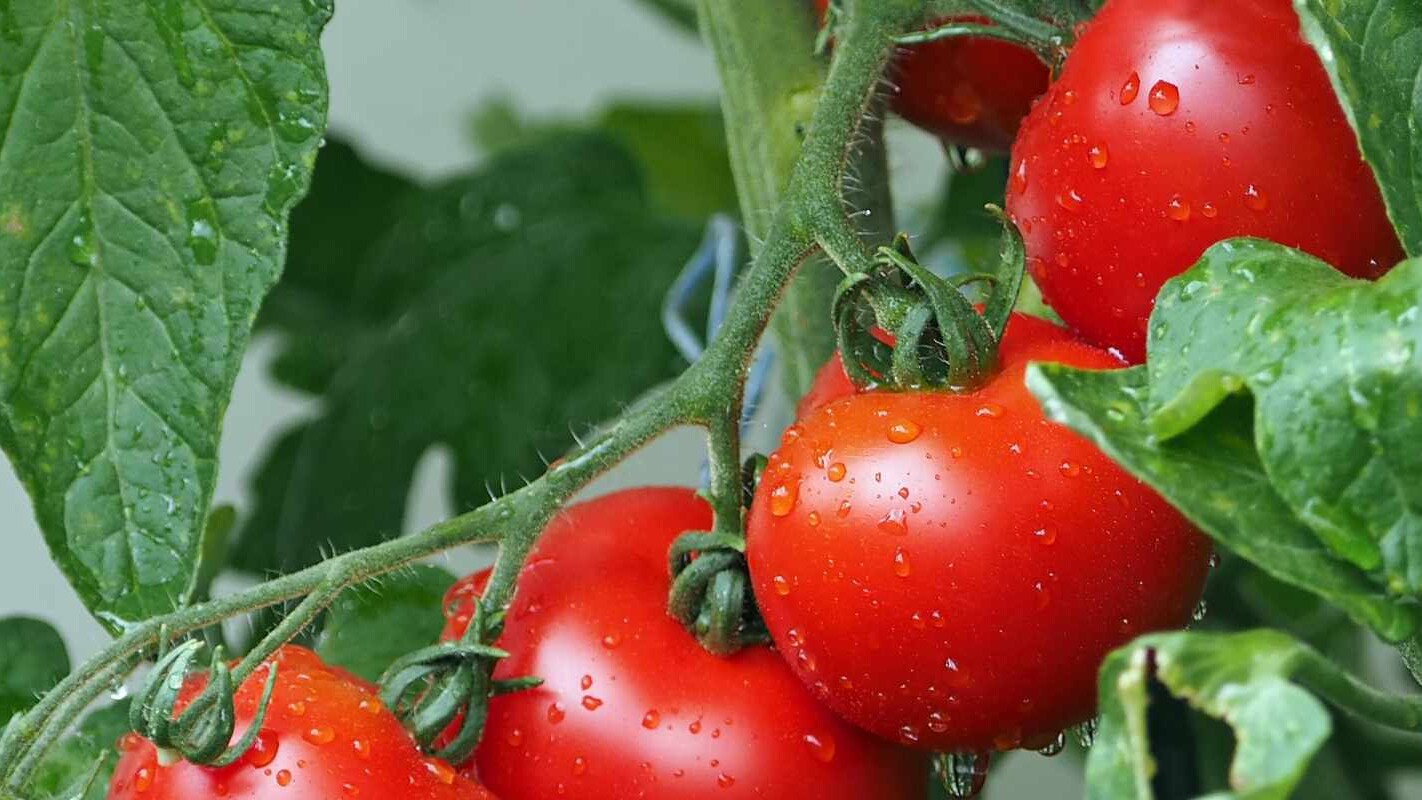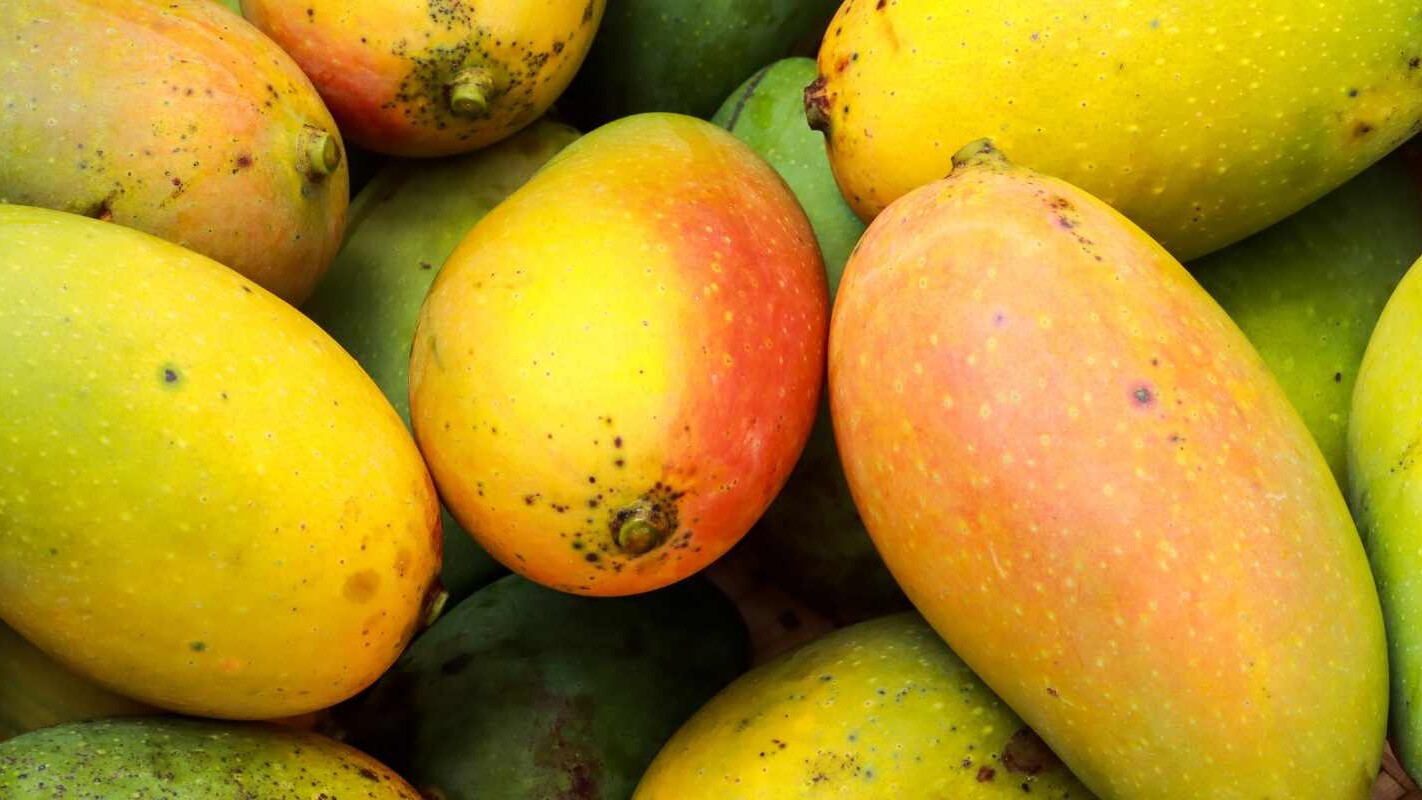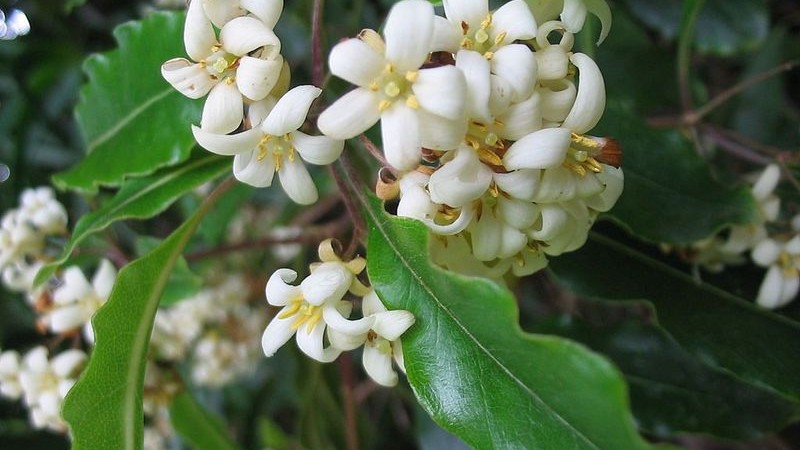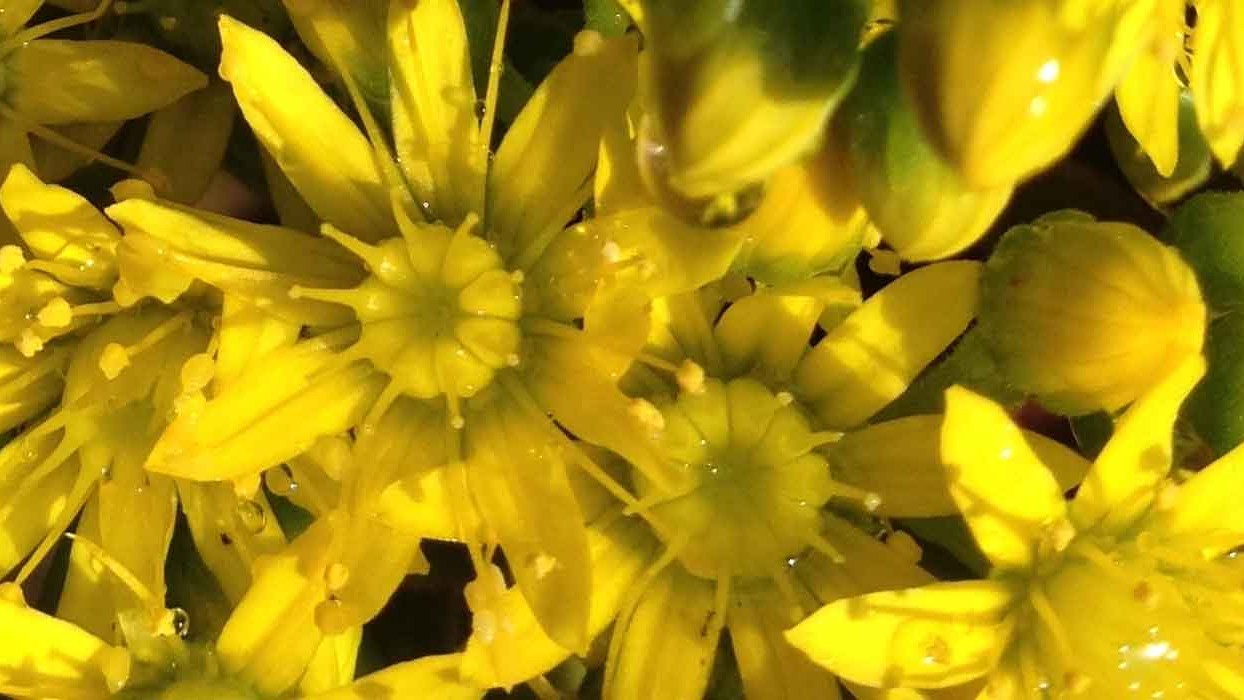Weed Control
Several different approaches are needed for weed control since eradication is difficult and can be expensive. Preventing weeds from establishing and…
January In Your Patch
Wondering what to do in January in your patch? What vegetables and herbs should you plant? It's the start of the New Year and whether it's time for a…
February In Your Patch
Because it is warmer than summers 10 years ago, you might need to change what you normally do your garden. Maybe in February in your patch some of…
March In Your Patch
March is the month named after Mars, the Roman God of War. So March in your patch is an excellent time to wage war on it. Be it ripping out the…
April In Your Patch
The perfect month for chocolate lovers and practical jokers alike, April is also a top time to get into the patch! There is a little bit of rain…
May In Your Patch
While the southern parts of Australia have donned winter pyjamas and flannelette sheets, the northern states are still revelling in warm, and mostly…
June in Your Patch
Ok, it’s official, winter is upon us. And while it may seem easier to curl up on the couch with a cup of tea and a good book, it is the perfect time…
July In Your Patch
When you look outside this time of year the last thing you feel like doing is standing out in the cold, wet and windy weather, especially if you live…
August In Your Patch
Days are getting longer, but not yet much warmer. Plants sense the changes in day length so, in temperate regions they are waking up, but further…
October In Your Patch
With the weather warming up nicely, there’s no better place to be than the backyard. October is a huge month in the patch. With so many varieties to…
November In Your Patch
We’re always being told to eat more fruit and veggies and get more exercise with this diet or that exercise program. If the thought of donning the…
December In Your Patch
Life really starts ramping up festive wise at this time of year, so it is important to know some December gardening tips! Hopefully you’ve already…
All About Weeds
Let’s find out more about why we call some plants weeds and why they are not all really bad. So that we can think usefully about removing unwanted…
Environmental Weeds: Native Invaders and Eager Exotics
We see them on the roadsides: vigorous, long-flowering, hardy and a splash of colour against the grey-green foliage of the native species. They are…
Non-invasive Alternatives to Weedy Plant Species
Weeds (invasive plant species) reduce biodiversity as well as having other have significant impacts such as loss of habitat, increased fire risk and…


